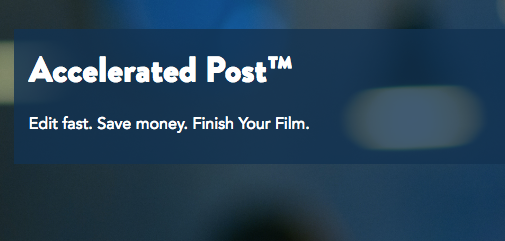The Importance of Editing While Filming
Last week I spoke with Carole Dean’s Intentional Filmmaking class about story structure. One student’s question was especially common and perplexing, so I’ll answer it here. The title of her film-in-progress is lovely: “Last Night A Hair Cut Saved My Life.”
“When filming a long- form observational documentary,” asked director Roxanne Dalton, “where you follow one major character for a period of roughly a year, is it a good idea to begin cutting rough sequences together as the year progresses? Or is it better to simply log the footage and generate transcripts as you go, and let these inform the shooting process?”
My answer was both. Definitely get the transcripts done and create at least a rough log including date, place, and subject.
But should you be editing as you shoot? Yes, if you have the time, and especially with a longitudinal documentary. But only edit the highlights of each day’s shoot. Transform these so-called dailies–the raw unedited footage—into a sequence that contain just the most compelling moments of the day’s verite footage or interview.
Create individual sequences for each important verite scene. Title them by the date (year-month-day) so they fall into chronological order. For June 28, 2022, I would title the sequence “220628_[subject]. Again, include only the key moments. For example, if you’re filming a football game, edit into the sequence only the touch downs, key tackles, fumbles, etc. As one of my editors said, “It’s easy enough to find the surrounding clips to build scenes.”
Do not over edit! Do not spend hours perfecting these rough sequences! Why? Because you may be wasting your time if they don’t make it into the final film.
Here are some more editing tips from my Blog Talk Radio episode about Accelerated Editing.
- Avoid renaming your clips. That can make relinking media a nightmare if you didn’t also change the associated media name.
- This tip bears repeating: find the juiciest moments and cut them into a sequence. Don’t worry about sub-clipping. You don’t need fully fleshed out scenes or adjacent shots, like WS, cutaways. Etc. These are easy to locate later—if the scene makes it into the film.
- If you’re cutting a conversation–which is a type of verite footage because unexpected things happen live in front of the camera–then just include the most dramatic moments. That’s because things happen in conversations: people make headway, run into conflict, or hit a stone wall. Arranging an encounter between two antagonists can even produce a climactic, verite moment, useful if you don’t have one yet!
- For thematic, essay-based documentaries, start with a list of the film’s top 7-10 ideas. Then create a sequence for each. For example, in my film American Visionary, I created sequences for “conscious evolution”, “tipping point theory” and “negative media”. Then organize your interview sound bites into the appropriate sequence.
Finally, a correction to last week’s blog about NETA, in which I said that the PBS “TV Hour” is 58:46. It’s actually 56:40. See the PBS red book here.
